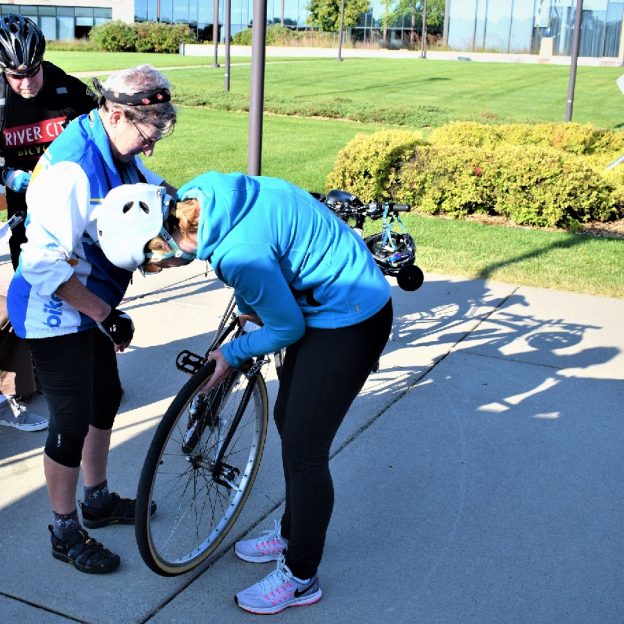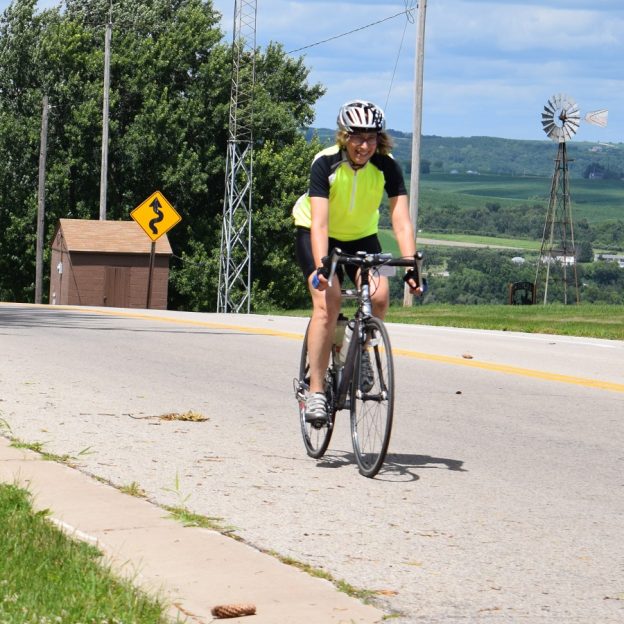Tag: sram
-

Don’t be Afraid of Removing Wheels with Disc Brakes
Disc brakes are taking over the cycling world. It is now difficult to find any bike in a bike shop without them and that’s for good reason. Disc brakes are more powerful, more consistent, and more durable than a standard brake. With any new product there are new things you need to learn and new…
-

A simple look at your bikes disc brakes function and maintenance
Disc brakes were introduced on bikes as early as the 1950’s with Shimano making an actual hydraulic disc in the mid 1970’s. There were even versions of the timeless Schwinn Stingray series released in 1971 that came stock with a rear disc brake. You need to fast forward more than 25 years before the first…
-

How to adjust your front derailleur for perfect and silent shifting
In the late 1920’s, in France, there was a bike race under way and it wasn’t the Tour De France. Instead, this race was a technological race that brought the front derailleur into the light. Before 1928, bicycles had a maximum of two speeds, and you needed to remove the rear wheel to change those…


